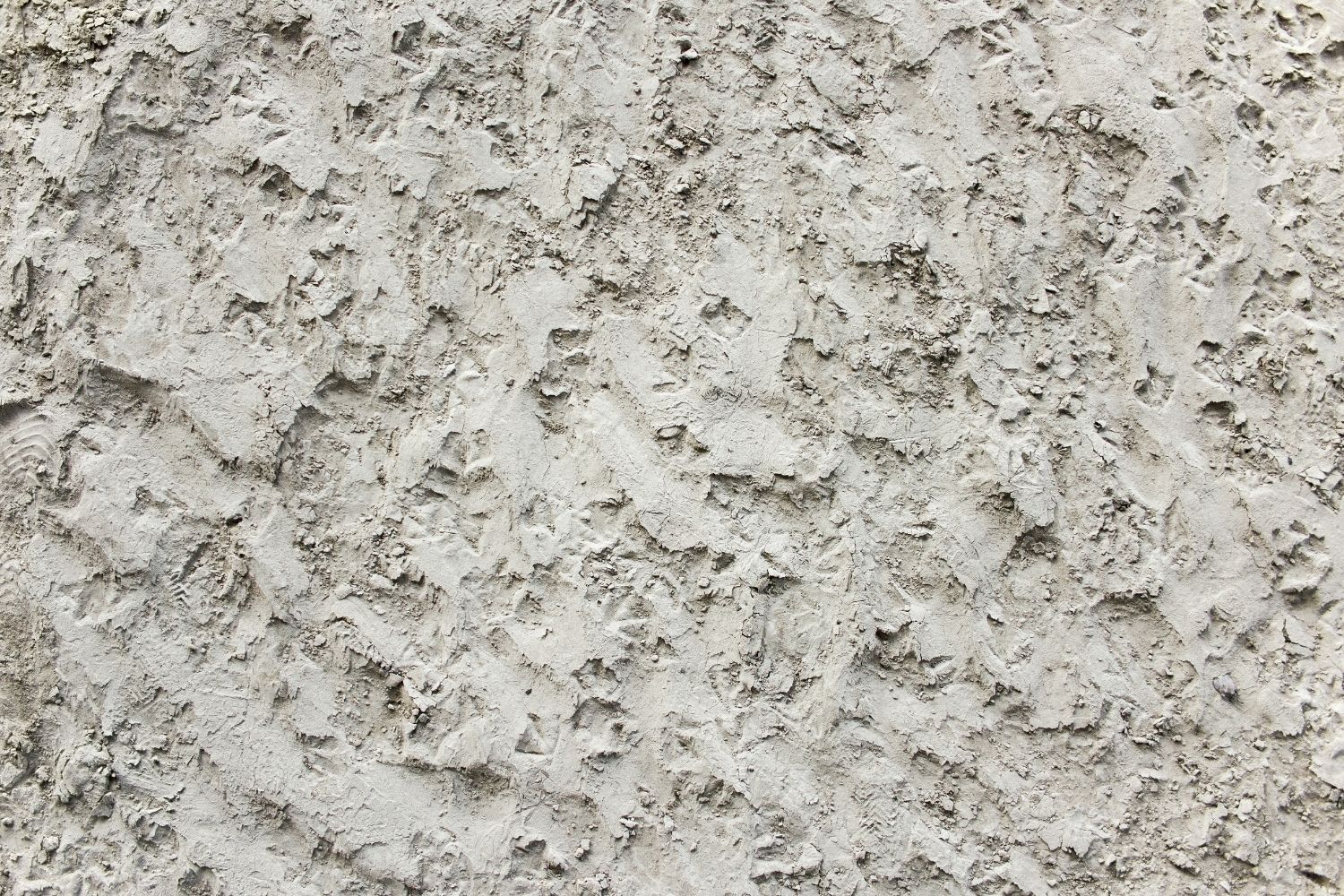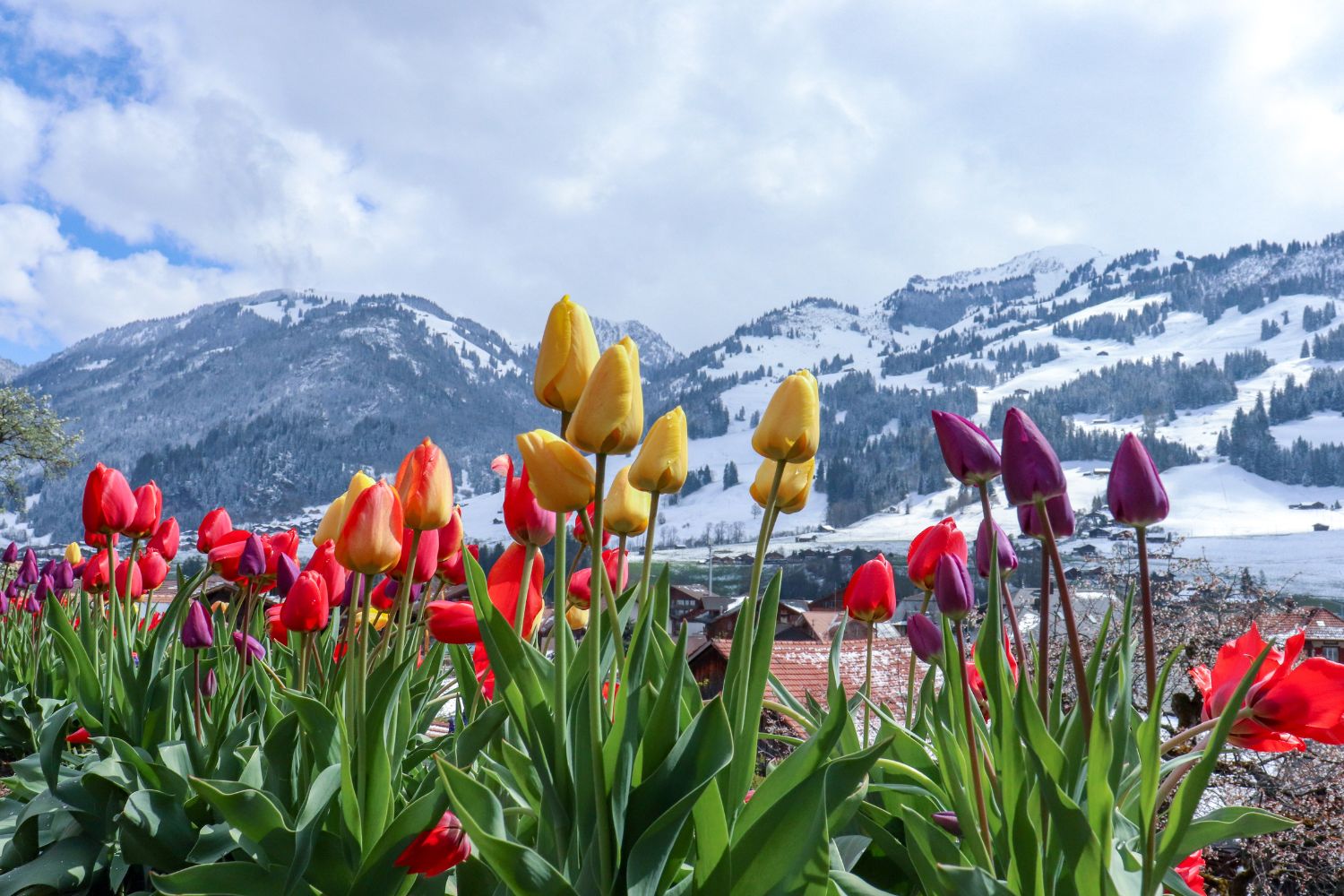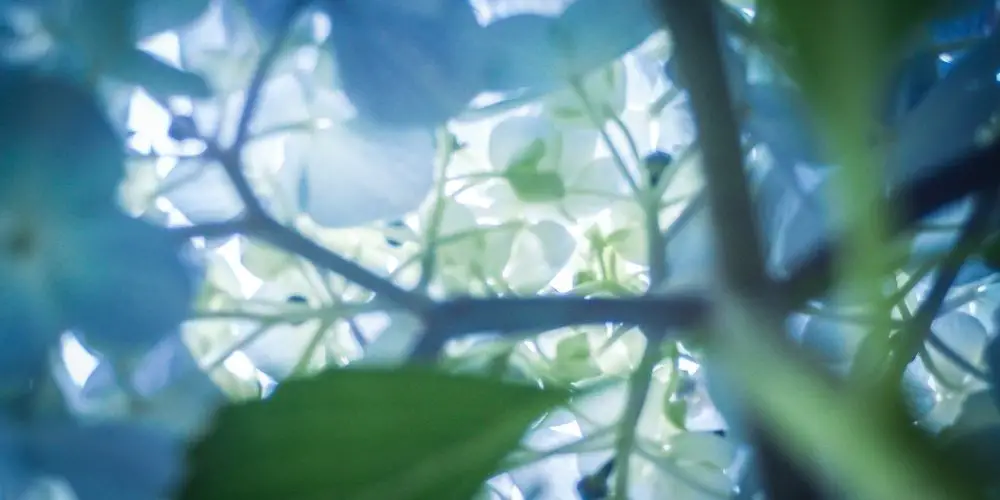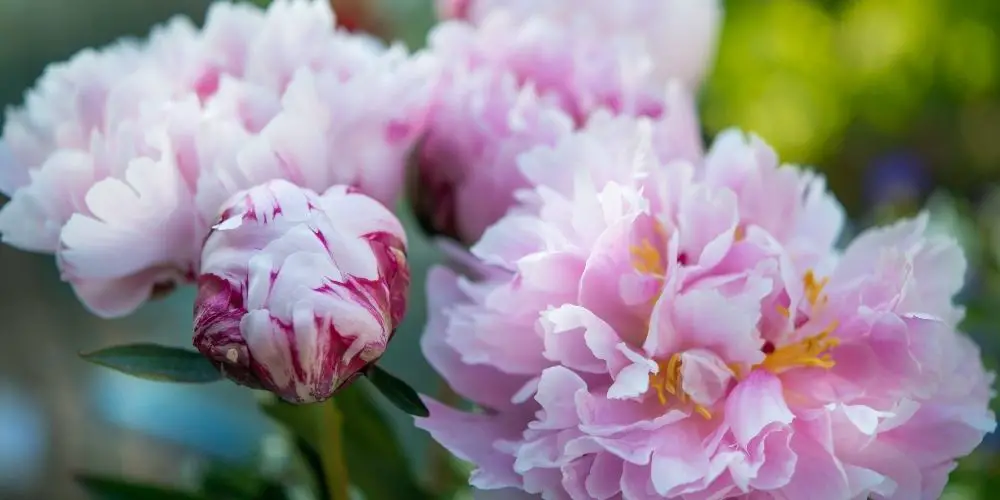If you’re living in an apartment and don’t have a balcony, don’t worry – you can still garden! In this blog post, we will discuss some tips and tricks for gardening in an apartment without a balcony. We’ll cover everything from growing plants indoors to using hanging containers. So whether you’re a beginner or experienced gardener, read on for helpful advice!
Gardening Indoors: Things to consider
With any type of garden, it’s important to plan ahead before getting started. Otherwise you can spend hours (and hundreds of dollars) on systems that don’t work or don’t yield the maximum amount of harvest.
When planting an indoor garden, it’s especially important to consider these basics of gardening: Light, Nutrients, Water and Space. We’ll dive into each one of these more below.
Source of Light
This is probably the biggest factor when planting an indoor garden. If you’re in an apartment without a balcony, chances are, natural light is somewhat limited in your space. Or at least the usable natural light where you could plant a garden.
However, there are many alternative options for ensuring your plants get the proper amount of light to thrive.
Grow lights are a type of artificial light that is designed to mimic the natural sunlight that plants need. These can be used in conjunction with or in place of natural light, and come in a variety of shapes, sizes and intensities.
There are a variety of different types of grow lights for plants, each with their own benefits and drawbacks. In this blog post, we will discuss the three most common types of grow lights: fluorescent lights, LED lights, and high-pressure sodium lamps. So whether you’re a beginner or experienced gardener, read on for helpful advice!
1. Fluorescent Lights
Fluorescent lights are one of the most popular types of grow lights available. They come in a variety of shapes and sizes, and can be used to light up large or small areas (these are a good option here). They also produce relatively little heat, making them ideal for use in an indoor garden. However, they do not produce as much light as some other types of grow lights.
2. LED Lights
LED lights are another popular choice for growing plants indoors. They come in a wide range of colors, which can be beneficial for plants that need more than just basic white light to grow properly. LED’s also last longer than other types of grow lights and use less energy overall. However, they can be more expensive than some other options. These lights here are reasonably priced, and quite compact as well.
3. High-Pressure Sodium Lamps
High-pressure sodium lamps are one of the most efficient types of grow lamps available. They produce a lot of light and very little heat. However, they can be expensive to purchase and require special bulbs that must be replaced periodically.
Nutrients

Just like with any type of garden, your plants will need nutrients to grow. If you’re planting in soil, you can use a variety of fertilizers to ensure your plants are getting the nutrients they need.
You can also find liquid nutrients that can be added to your watering routine. These are often made from fish or kelp and are a great option for organic gardens.
The most common types of nutrients you’ll need to keep an eye on are nitrogen, phosphorus, and potassium. These are often abbreviated as NPK on fertilizer labels. Nitrogen helps plants grow leaves, phosphorus helps roots grow, and potassium helps with overall plant health.
Watering
Over-watering is one of the most common mistakes made when gardening indoors. When plants are grown in containers, they can’t access as much water as they would in the ground. This means you need to be careful not to overwater your plants.
To avoid this, make sure you’re using a potting mix that drains well and only water your plants when the soil is dry to the touch.
Using filtered water is another important aspect of apartment-gardening. While you don’t have to buy VOSS water for your plants, it is a good idea to use filtered water, such as from your refrigerator or filtered tap water from the sink.
Space
When planning your apartment garden, you’ll want to consider a few things regarding space. Ask yourself the following questions:
- Where do I want to plant my garden? For example, do you want to have it in the kitchen so you can snip some parsley while you cook? Or do you have a dedicated room or portion of a room that you want to turn into your indoor garden paradise.
- How much space can I allocate? You can start a garden with as little as a single small terra cotta pot. But if you have more space to allocate, you can have a pretty plentiful harvest.
- What type of garden do I want to start? There are so many different kinds of gardening (see our list of the different types of gardening here). A few to consider for indoor gardens would be container gardening, hydroponic gardening, aeroponic gardening, aquaponic gardening and vertical gardening.
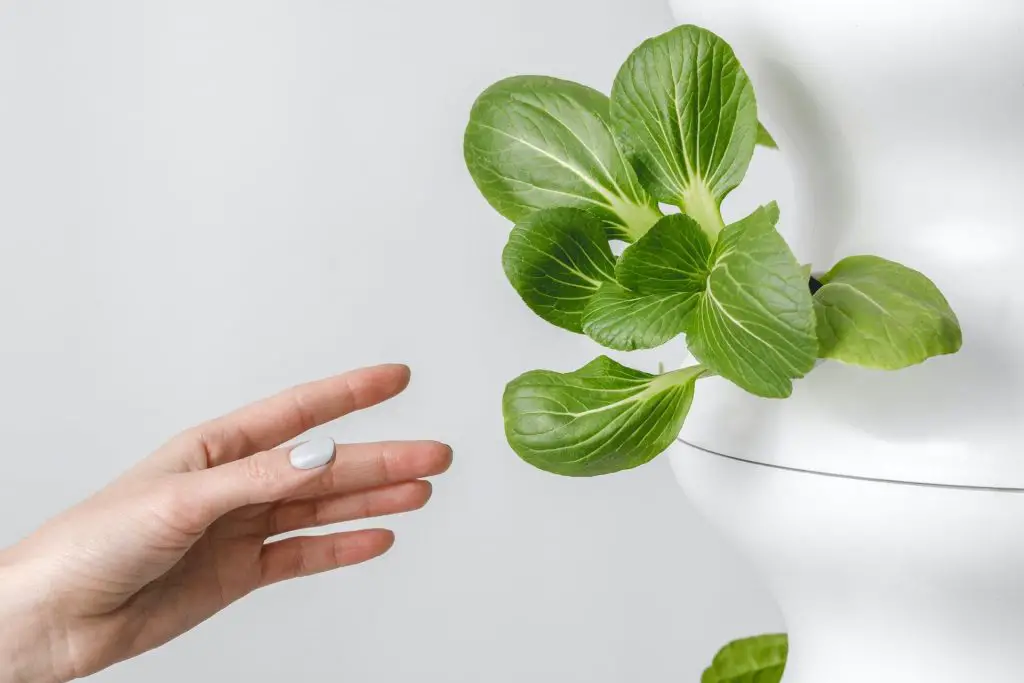
There are lots of different products that can help you really maximize your space when it comes to gardening in an apartment. We’ve included some of our favorites below in the Gardening in an Apartment Product Starter List.
Climate
Even though you likely won’t be planting a whole lot outside, it’s still important to consider the climate you live in for your indoor garden. For example, if you only get 8 or 9 hours of sunlight in the winter, you’ll either need to be mindful of that when picking your plants, or you need to arrange the proper solution with artificial lighting.
Also, if your apartment is a balmy 80 degrees Fahrenheit year-round, your options for plants will be different than someone who lives in colder climates.
Best Plants for Indoor Gardening
Now, before you order a chestnut tree to put in your apartment, it’s important to consider the space you have to work with for your garden, as well as the growing conditions.
If you’re in a tiny apartment, an herb garden could be a great solution. Or if you’re in a bigger apartment, you might have a spare room (or at least a shelf or two) where you could put some bigger containers.
Below, we’ll dive into some of the most apartment-friendly plants in each of these categories: Vegetables, Herbs and Fruit.
– Vegetables
A variety of vegetables can be planted in an apartment. Some options include lettuce, spinach, tomatoes (yes, we know, they’re technically a fruit), and even some root vegetables such as potatoes, carrots and beets. These vegetables can be planted in pots or in soil that is placed in a window box or other sunny spot in the apartment.
– Herbs
An herb garden is probably the easiest to plant in an apartment without a balcony. Herb gardens are a fun way to add fresh, edible plants to your home without taking up a ton of space. There are also lots of different ways you can plant your herbs. Anything from herb walls to aquaponics.
Some herbs that can be planted in an apartment include: basil, chives, cilantro, dill, mint, oregano, parsley, and thyme. These herbs are all easy to grow and don’t require a lot of space. They can be grown in pots or in a garden bed on the windowsill.
– Fruit
Believe it or not, but there are indeed fruits you can grow in an apartment without any outdoor space. Lemons, avocados and strawberries are all great options. These fruits can be grown in pots or hanging baskets near a sunny window.
Lemons and avocados can take a bit longer to grow than some of the other fruits on this list, but they are well worth the wait. And strawberries are super easy to grow and make for a delicious treat.
Alternatives to a Balcony
Okay, so we’ve established that you don’t have a balcony. BUT that doesn’t mean you don’t have access to outdoor space. A few alternatives you might want to consider include: rooftop terraces, windowsills, community gardens, or perhaps your downstairs neighbor on the ground-floor would share their outdoor space with you.
We’ve compiled a lot of great information in this article to help you plant an indoor garden in an apartment, but we’d be remiss not to include a few alternatives to a balcony.
How to get started with an Apartment Garden
Alright, let’s get started. Now that we’ve gone through all the different things to consider before starting an indoor garden in your apartment, here’s the next steps:
- Buy your containers. I know, I know, you’re probably excited to start buying plants. But before you do that, make sure you have containers for the plants to go in. Besides, this is a really fun step! Did you decide to get cool vertical garden containers? Or perhaps super cute terra cotta pots for your windowsill? Or maybe you’re building a wall-herb-garden?
- Buy plant-specific soil. Depending on what you want to plant, there are different soil varieties that are loaded with the specific nutrients needed for your plants (for example, there is soil specific to citrus fruit, etc.). You can usually find these on Amazon, or even local retailers.
- Buy your plants or seeds. Now for the fun part! Pick out all the fun plants you want to grow (either as grown plants, or as seeds).
- Map out complementary plants. Did you know that tomatoes grow really well with basil? Map out which plants you want to grow together before you start digging.
- Plant, plant, plant! Get our your gardening gloves and start planting!

Gardening in an Apartment Product Starter List: Our Recommendations
If you don’t know where to start, don’t despair! We’ve put together some of our favorite products to help you get started with your dream indoor garden.
– Containers
Whether you want to grow on a windowsill, your kitchen counter, or perhaps on an entire wall, there’s options for everyone!
Advertisement– Soil & Nutrients
As mentioned, soil is so important for the success of your indoor garden! While the type of soil and nutrients really depend on what it is you’re growing, we’ve included a few common ones that will hopefully get you well on your way!
Advertisement– Plants & Seeds
We’ve included a list above of the types of plants that tend to do well in indoor gardens, but gardening is all about experimenting! So don’t be afraid to try (and fail). If there’s something you’ve always wanted to grow, just go for it and see how it goes! Here are some of our favorite plants and seeds to get you started.
AdvertisementFrequently Asked Questions
The amount of space you need really depends on what you want to grow. But it’s often less space than you think you’d need! Did you know that in a single square foot of soil you can grow…
9 spinach plants; or
16 carrots; or
1 tomato plant; or
4 potato plants; or
4 onions; or
16 parsnips.
To get your plants off to a great start, it’s best to start an indoor garden in the spring or summer, since you’ll have more daylight to work with and likely warmer temperatures. If you’re using only artificial light, you might be able to get around this timeline since you’re not dependent on natural light sources.
The two most common problems people face when starting an indoor garden are lack of light and lack of space. We’ve covered a few solutions to these problems earlier in the article, but some other things you can do include: Investing in grow lights; Using reflective surfaces to increase light exposure; Training vines to grow up rather than out; and Pruning regularly.
Final Thoughts
We believe that anyone can be a Brilliant Gardener, regardless of how much (or how little) space they might have. We hope that all of these tips and resources will help you in starting your apartment garden, even if you don’t have a balcony. Happy gardening!


